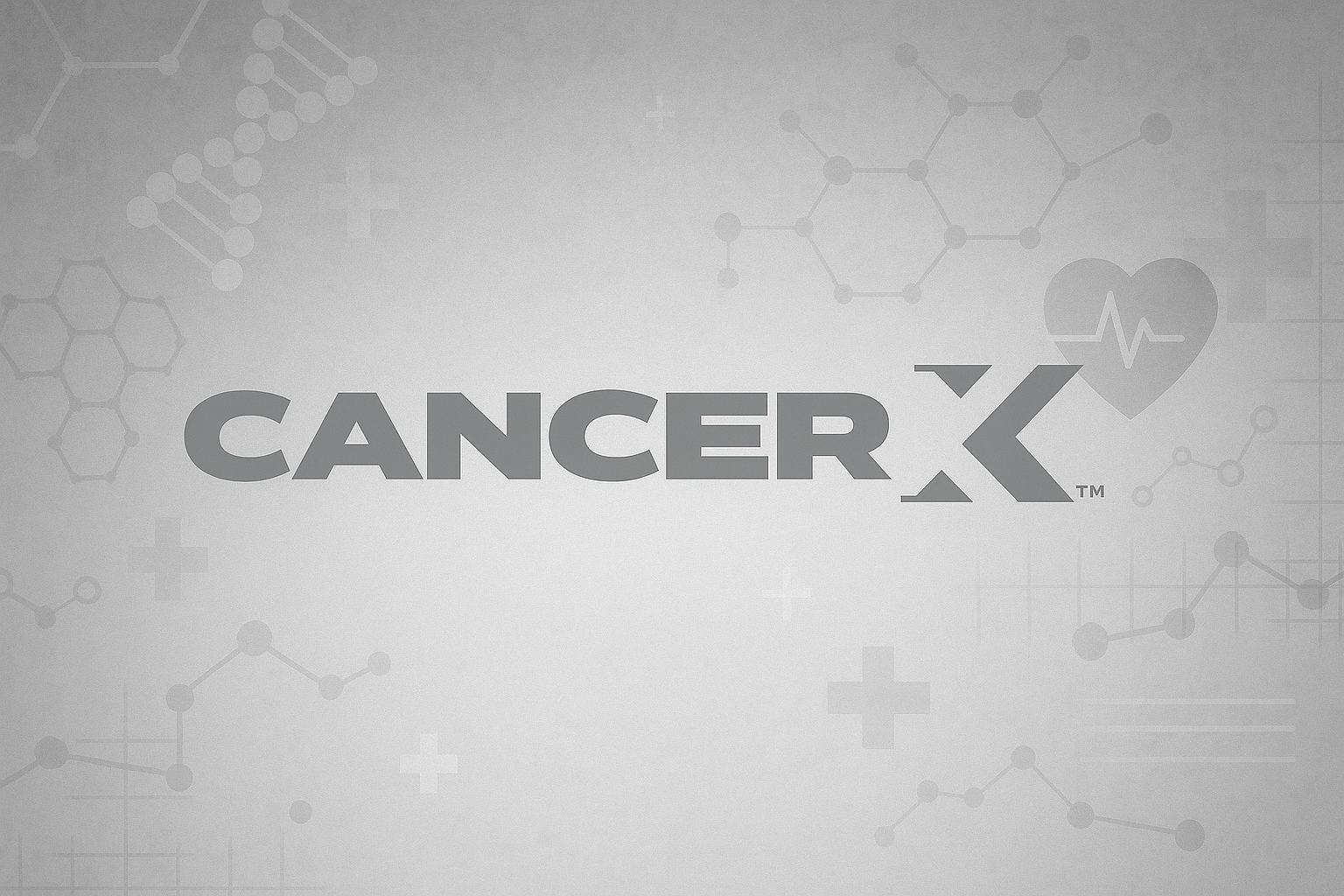XpediteMD, a finalist in the CancerX Moonshot Accelerator Contest
Being named a finalist in the CancerX Moonshot Accelerator Contest is a major milestone for XpediteMD bringing attention, and momentum to their mission of improving cancer care delivery and patient navigation. Our success demonstrates how ground‑breaking technology can transform oncology workflows, enhance patient outcomes, and reshape health systems.
What is the CancerX Moonshot Accelerator Contest?
The CancerX Moonshot Accelerator Contest is a prestigious global competition that identifies and supports early‑stage ventures addressing critical challenges in cancer detection, treatment, and survivor care. Hosted by the Cancer Moonshot initiative and powered by CancerX, the contest brings together top-tier innovators, healthcare leaders, and investors to accelerate breakthroughs in oncology.
Participants undergo rigorous screening and mentorship before presenting solutions to a panel of oncologists, technologists, and patient advocates. The finalists gain access to funding, industry networks, and operational support—taking their innovations from concept to impact.
Application process for CancerX Moonshot
To qualify, startups like XpediteMD had to demonstrate:
- Proven tech suited for real-world clinical use.
- Active pilots or deployments in healthcare settings.
- Scalability—both technical and operational.
The process involved submitting a detailed business pitch, technical documentation, and validation studies. After several evaluation rounds, including panels and virtual interviews, XpediteMD made it to the final cohort—selected as one of roughly ten finalists from hundreds of applications.
Why XpediteMD caught judges’ attention
- Innovative value: Their AI platform tackles one of the biggest bottlenecks in oncology - time to treatment
- Clinical impact: Early data showed measurable reductions in delay to cancer diagnosis and improved physician efficiency.
- Team and vision: Founded by experts in AI and oncology, the company demonstrated credibility, technical depth, and patient‑centered goals.






